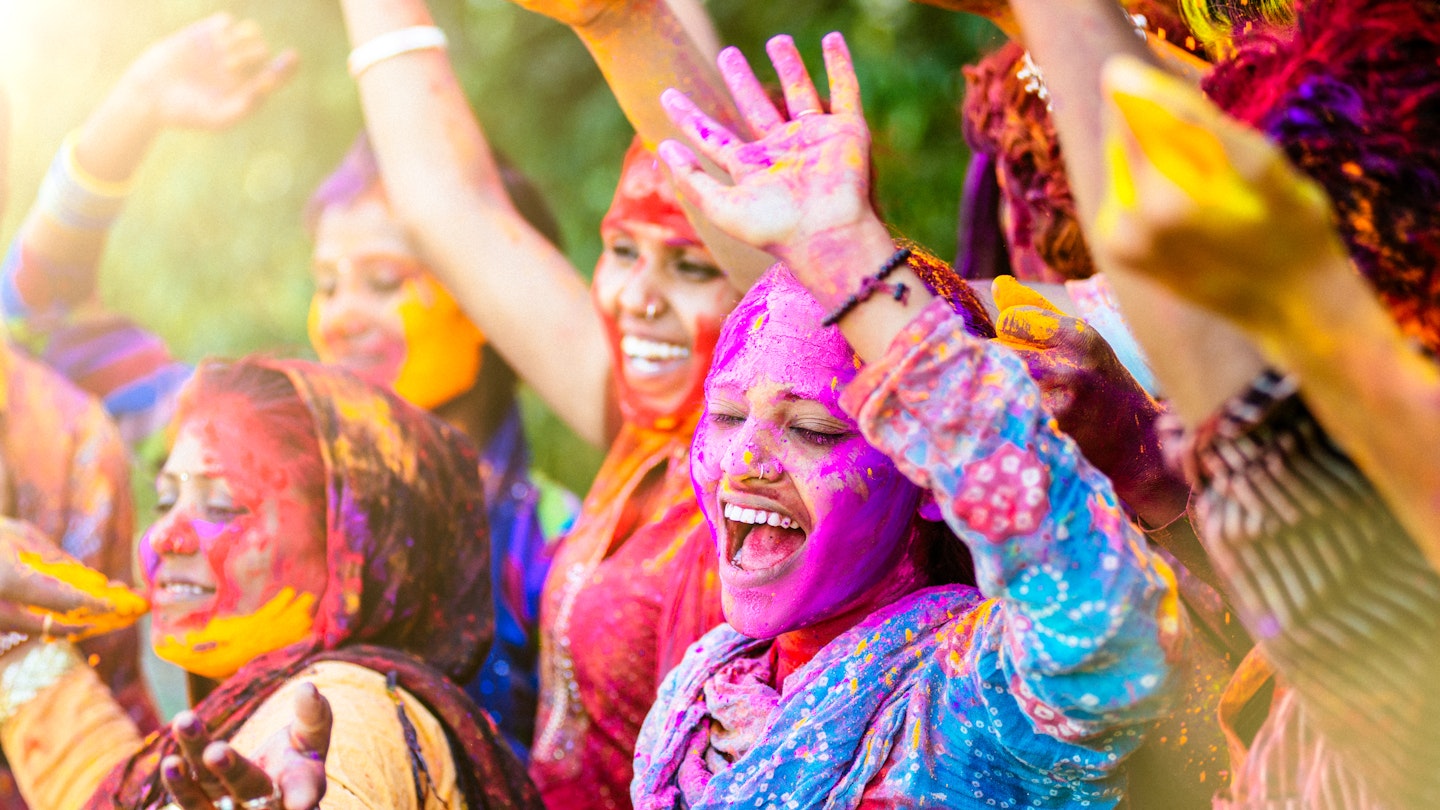Optimize Your Visit to India: Best Times and Festivals
India is a country that’s almost a continent, offering an astonishing variety of terrain. From the towering peaks of the Himalayas to the lush jungles of Kerala and the arid deserts of Gujarat and Rajasthan, you’ll find that the climate varies widely across this vast nation. Therefore, no matter the time of year you visit, there’s always a remarkable destination waiting for you.
December to March: Ideal for Beach Days, Tiger Safaris, and Temple Trips
The peak season for tourism in India falls within the months of December to March. This period is characterized by dry skies and warm yet comfortable temperatures, making it perfect for traveling. The balmy days are ideal for soaking in the bustling atmosphere of India’s vibrant cities. However, morning fog can sometimes disrupt air travel and transportation in the northern plains.
During this season, many national parks are more accessible and wildlife is more active, making it an optimum time for tiger sightings in renowned parks like Kanha, Bandhavgarh, and Ranthambhore. Moreover, Rajasthan’s deserts enjoy mild days and cooler nights, making it a prime location for exploration.
January to March: Enjoy Some of India’s Top Festivals
Beginning in January, India’s festive calendar captivates visitors’ attention. From the grandeur of Republic Day on January 26 in Delhi to the colorful celebrations of Sankranti, varying from cow festivals to kite flying, the cultural richness becomes evident. In February, events like the Jaipur Literature Festival and Taj Mahotsav reflect India’s dynamic arts and crafts scene.
Festival-lovers should not miss Holi in late February or early March, where participants throw vibrant powders in a joyful celebration of color. When attending, it’s wise to wear clothing that you won’t mind discarding due to color stains.
June to November: Perfect for Exploring the Himalayas
June ushers in the monsoon season across India’s plains, which can deter some travelers; however, this period is ideal for trekkers who flock to the cooler heights of Ladakh. The rain enhances the lush landscapes in the high-altitude regions, offering breathtaking views for backcountry adventurers looking for solitude.
As the monsoon subsides by September, adventure enthusiasts will find great trekking conditions and clear skies, particularly in October and November, making it an outstanding time for highland explorations.
June to November: A Calendar Full of Festivals
This period is packed with vibrant festivals. Rath Yatra in June or July showcases massive colorful chariots in the streets, particularly in Puri. The second Sunday of August brings thrilling boat races in Kerala, while Independence Day celebrations on August 15 are marked with patriotism throughout the country. Furthermore, Ganesh Chaturthi, celebrated in August or September, sees the immersion of colorful statues in water, particularly in Mumbai.
April to June: Best Time to Avoid Crowds
April to June marks India’s low tourist season due to soaring temperatures, especially in the lowlands. Travelers seeking to escape the heat often migrate to hill stations or coastal areas. Remarkably, this low season offers visitors the chance to explore without the usual crowds, leading to more enjoyable experiences at popular attractions.
Key festivals like Mahavir Jayanti and Vaisakhi provide a glimpse into India’s rich cultural heritage, while Eid celebrations in cities like Hyderabad offer a unique atmosphere that is both festive and profound.
Understanding India’s Festival Calendar
India’s festival calendar is influenced by a multitude of lunar calendars, resulting in shifting dates each year. This variation impacts planning for travelers interested in experiencing local festivals. Therefore, it’s advisable to check the calendar of gazetted government holidays to ensure your visit aligns with your desired events.




